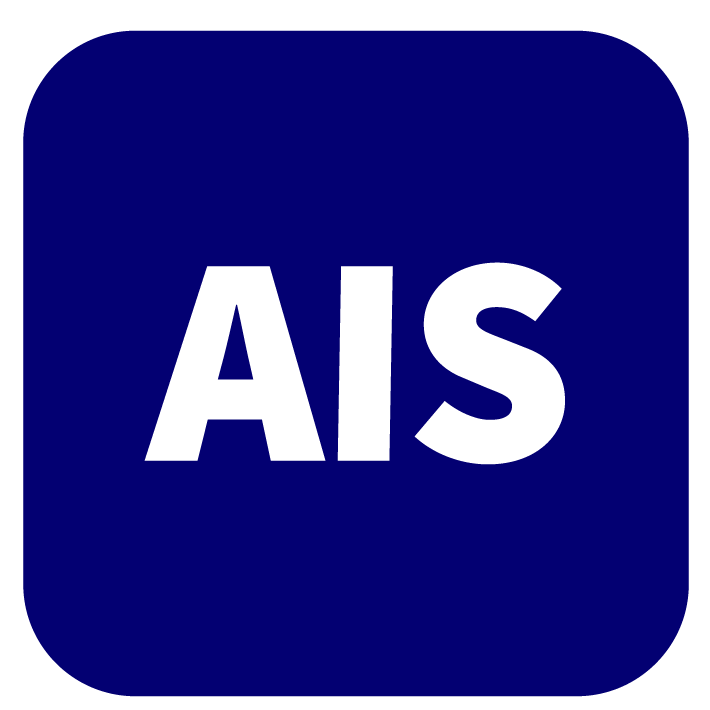“Bon mariage” of artificial intelligence and intraoperative fluorescence imaging for safer surgery
Since the turn of this century, intraoperative fluorescence imaging has been used worldwide for visualization of blood perfusion[1] and anatomic structures[2], including cancerous tissues and lymphatic systems, in a variety of surgical procedures from head to toe. Increasingly more surgeons throughout the world are becoming users of fluorescence cholangiography by intravenous injection of indocyanine green (ICG) because it illuminates a road map of the biliary tree towards the critical view of safety without irradiation or bile duct cannulation. Since the first clinical case was reported in 2009[3], 3,386 cases of cholecystectomy using fluorescence cholangiography have been reported in 68 English-language articles as of 2020, including large prospective comparative studies and randomized controlled trials[2]. Based on the accumulated evidence, near-infrared fluorescence cholangiography was recommended as an adjunct to white-light color imaging for prevention of bile duct injury during cholecystectomy in multi-society practice guidelines published in 2000[4], followed by consensus guidelines proposed by the International Society of Fluorescence Guided Surgery[5]. Finally, as of 2023, the use of ICG for fluorescence cholangiography is officially reimbursed in the Japanese health insurance system. A major technical breakthrough enabling the rapid and wide dissemination of fluorescence cholangiography is real-time superimposition of near-infrared fluorescence signals onto full-color images[6]. Before the clinical application of this technology, surgeons had to understand the spatial relationships between the fluorescing biliary anatomy and the background tissues/organs based only on gray-scale images or by meticulously changing fluorescence imaging to conventional color imaging. On the other hand, intraoperative fluorescence imaging is indeed an application of artificial intelligence (AI) to surgical treatments.
The other expected role of intraoperative fluorescence imaging is real-time evaluation of blood perfusion, which can reduce the risk of postoperative ischemic complications such as graft necrosis and anastomotic leakage[1]. Further applications of AI-based image processing may enable quantitative and sequential assessment of blood perfusion[7], possibly with information regarding tissue oxygenation directly provided by a hyperspectral camera[8]. ICG fluorescence imaging can also be used for intraoperative identification of liver cancer based on the fact that preoperatively injected ICG retains within differentiated-type hepatocellular carcinoma and the non-cancerous hepatic parenchyma surrounding cholangiocarcinoma and metastatic tumors[9]. Although the sensitivity of tumor localization by ICG fluorescence imaging is sufficiently high (> 90%), relatively high false-positive rates are a limitation of this technique[10]. The use of AI for integration of preoperative images into intraoperative information may increase the diagnostic accuracy of fluorescence cancer imaging.
As mentioned above, partnering AI-based technologies with intraoperative fluorescence imaging can enhance the accuracy and reliability of fluorescence-guided surgery. However, intraoperative fluorescence imaging techniques are also expected to assist the development of AI-based intraoperative navigation systems. For example, deep learning of anatomic landmarks based on preoperative and intraoperative imaging may enable the depiction of the “virtual” biliary tree and show the risk of bile duct injury in real time during cholecystectomy[11,12]. Additional input of intraoperative fluorescence imaging into deep learning models may also enhance the accuracy of AI-based prediction of postoperative survival outcomes[12,13]. Although this research field is just beginning, I believe that interactions and integrations between intraoperative fluorescence imaging and AI will open new frontiers towards safer and more effective surgical treatments.
DECLARATIONS
Acknowledgments
We thank Angela Morben, DVM, ELS, from Edanz, for editing a draft of this manuscript.
Authors’ contributions
The author contributed solely to the article.
Availability of data and materials
Not applicable.
Financial support and sponsorship
This work was supported by a grant from the Ministry of Education, Culture, Sports, Science and Technology of Japan (Grant Number 21K08681).
Conflicts of interest
The author declared that there are no conflicts of interest.
Ethical approval and consent to participate
Not applicable.
Consent for publication
Not applicable.
Copyright
© The Author(s) 2023.
REFERENCES
1. Ishizawa T, McCulloch P, Muehrcke D, et al. Assessing the development status of intraoperative fluorescence imaging for perfusion assessments, using the IDEAL framework. BMJ Surg Interv Health Technol 2021;3:e000088.
2. Ishizawa T, McCulloch P, Stassen L, et al. Assessing the development status of intraoperative fluorescence imaging for anatomy visualisation, using the IDEAL framework. BMJ Surg Interv Health Technol 2022;4:e000156.
3. Ishizawa T, Bandai Y, Kokudo N. Fluorescent cholangiography using indocyanine green for laparoscopic cholecystectomy: an initial experience. Arch Surg 2009;144:381-2.
4. Brunt LM, Deziel DJ, Telem DA, et al. Safe cholecystectomy multi-society practice guideline and state of the art consensus conference on prevention of bile duct injury during cholecystectomy. Ann Surg 2020;272:3-23.
5. Dip F, Aleman J, DeBoer E, et al. Use of fluorescence imaging and indocyanine green during laparoscopic cholecystectomy: results of an international Delphi survey. Surgery 2022;172:S21-8.
6. Terasawa M, Ishizawa T, Mise Y, et al. Applications of fusion-fluorescence imaging using indocyanine green in laparoscopic hepatectomy. Surg Endosc 2017;31:5111-8.
7. Oppermann C, Dohrn N, Yikilmaz H, Falk Klein M, Eriksen T, Gögenur I. Continuous organ perfusion monitoring using indocyanine green in a piglet model. Surg Endosc 2023;37:1601-10.
8. Barberio M, Lapergola A, Benedicenti S, et al. Intraoperative bowel perfusion quantification with hyperspectral imaging: a guidance tool for precision colorectal surgery. Surg Endosc 2022;36:8520-32.
9. Ishizawa T, Fukushima N, Shibahara J, et al. Real-time identification of liver cancers by using indocyanine green fluorescent imaging. Cancer 2009;115:2491-504.
10. Ishizawa T, Masuda K, Urano Y, et al. Mechanistic background and clinical applications of indocyanine green fluorescence imaging of hepatocellular carcinoma. Ann Surg Oncol 2014;21:440-8.
11. Shinkawa H, Ishizawa T. Artificial intelligence-based technology for enhancing the quality of simulation, navigation, and outcome prediction for hepatectomy. Art Int Surg 2023;3:69-79.
12. McGivern KG, Drake TM, Knight SR, et al. Applying artificial intelligence to big data in hepatopancreatic and biliary surgery: a scoping review. Art Int Surg 2023;3:27-47.
Cite This Article
How to Cite
Download Citation
Export Citation File:
Type of Import
Tips on Downloading Citation
Citation Manager File Format
Type of Import
Direct Import: When the Direct Import option is selected (the default state), a dialogue box will give you the option to Save or Open the downloaded citation data. Choosing Open will either launch your citation manager or give you a choice of applications with which to use the metadata. The Save option saves the file locally for later use.
Indirect Import: When the Indirect Import option is selected, the metadata is displayed and may be copied and pasted as needed.



















Comments
Comments must be written in English. Spam, offensive content, impersonation, and private information will not be permitted. If any comment is reported and identified as inappropriate content by OAE staff, the comment will be removed without notice. If you have any queries or need any help, please contact us at [email protected].